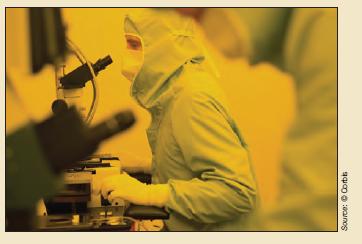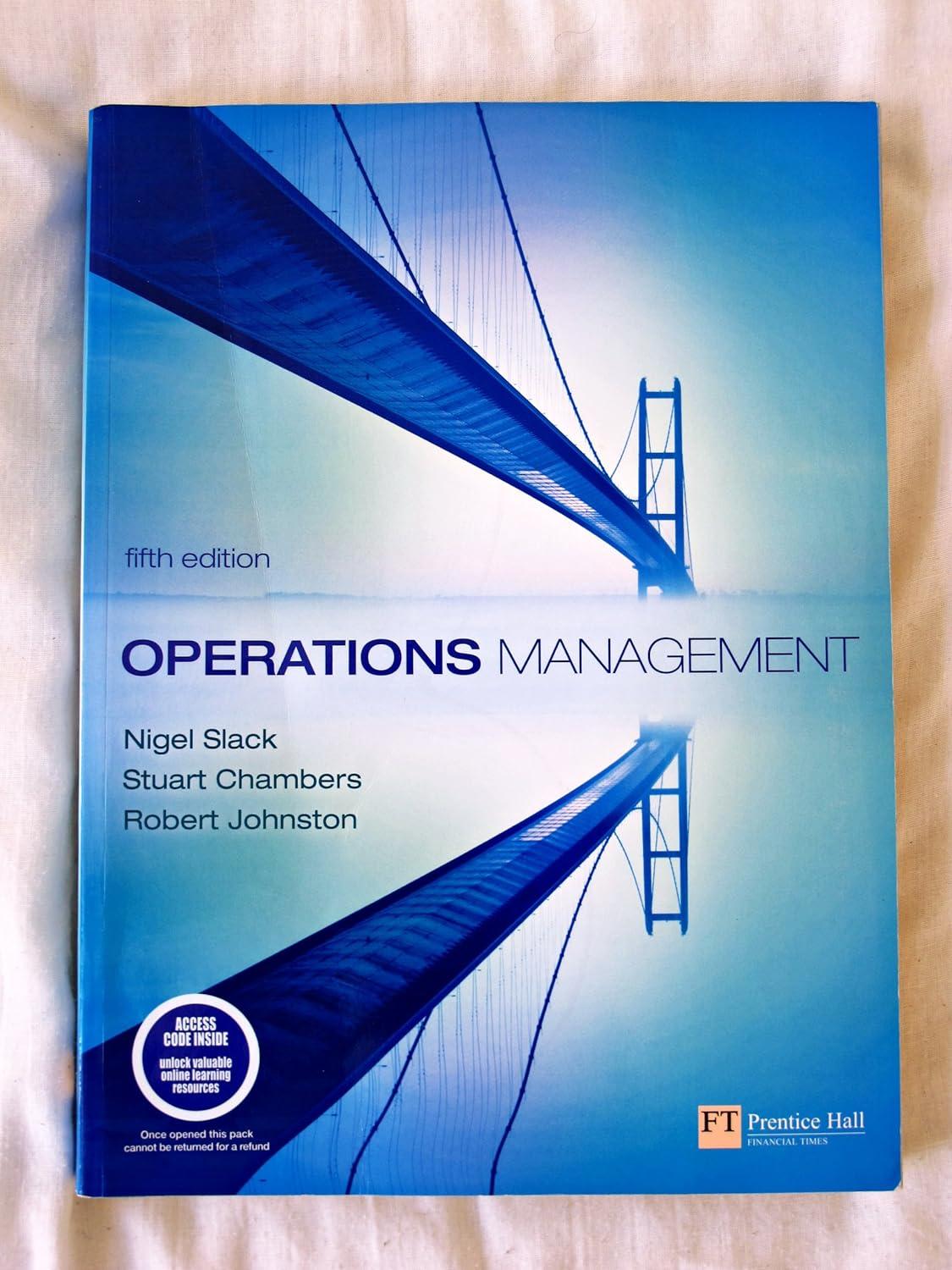DSF is a small but technically successful company in the man-made fibre industry. The company is heavily
Question:
DSF is a small but technically successful company in the man-made fibre industry. The company is heavily dependent on the sales of Britlene, a product it developed itself, which accounted in 1996 for 95 per cent of total sales.
Britlene is used mainly in heavy-duty clothing, although small quantities are used to produce industrial goods such as tyre cord and industrial belting. Its main properties are very high wear resistance, thermal and electrical insulation.
In 1996 the company developed a new product, Britlon. Britlon had all the properties of Britlene but was superior in its heat-resistant qualities. It was hoped that this additional property would open up new clothing uses (e.g. a substitute for mineral wool clothing, added to nightwear to improve its inflammability) and new industrial uses in thermal and electrical insulation.
By late 1996 the major technical and engineering problems associated with bulk production of Britlon seemed to have been solved and DSF set up a working party to put forward proposals on how the new product should be phased into the company's activities.
The basic production method of Britlene and Britlon is similar to that of most man-made fibres. To make a manmade fibre, an oil-based organic chemical is polymerized (a process of joining several molecules into a long chain) in conditions of intense pressure and heat, often by the addition of a suitable catalyst. This polymerization takes place in large autoclaves (an industrial pressure cooker).
The polymer is then extruded (forced through a nozzle like the rose of a garden watering can), rapidly cooled and then either spun onto cones or collected in bales.
The raw materials for Britlene and Britlon are produced at Teesside in the UK.

Questions
1. What order schedule would you propose for conversions and new plant?
2. In which locations would you make these capacity changes?
3. What criteria have you used to make your recommendations?
4. What do you see as the main dangers facing DSF as it changes its capacity over the next five or six years?
Step by Step Answer:

Operations Management
ISBN: 9780273708476
5th Edition
Authors: Nigel Slack, Stuart Chambers, Robert Johnston





